From The Canvas & The Cause | By Shareece Williams
Creativity isn’t just what we make. It’s also what we witness, what shakes us, what dares us to rethink everything we know. When I think of the stories that have sculpted me, the ones that kept me up at night reflecting on purpose, power, and responsibility, four films rise to the surface like ancestral whispers: Freedom Writers (2007), The Great Debaters (2007), Dangerous Minds (1995), and Judas & The Black Messiah (2021).
These aren’t just films. They’re blueprints. War cries. Creative mandates. Every Creative Visionary (whether you paint, speak, film, design, or teach) needs to confront these stories with an open heart and a sharpened mind. Because inside them live the very archetypes that make us who we are.
The Five Creative Visionary Archetypes
Before I dive in, let me introduce the framework I’ve built: the Five Creative Visionary Archetypes. These aren’t labels. They’re life paths. They show up in our work, our identities, and our resistance to a world that often wants us to shrink.
The Disruptor – A catalyst who challenges the norm and disturbs the comfort zones of culture.
The Dream Architect – A builder of worlds and ideas; someone who uses creativity to envision new systems.
The Soul Alchemist – A healer who transmutes pain into beauty, using emotional and spiritual expression.
The Culture Keeper – A historian, a guardian of traditions and legacies who ensures the past is never forgotten.
The Visionary Rebel – A risk-taker driven by purpose, willing to go against power to spark new freedom.
Let’s explore how these archetypes come alive in four transformative films and why every Creative Visionary should study them not just as cinema, but as callings.
1. Freedom Writers (2007)
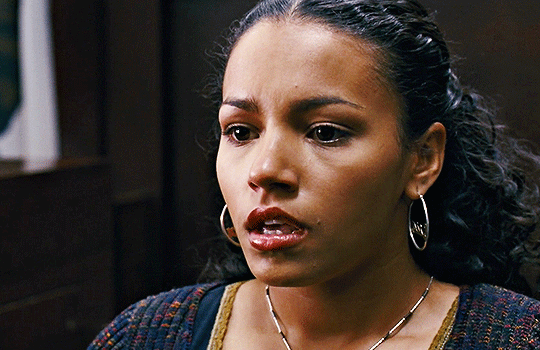
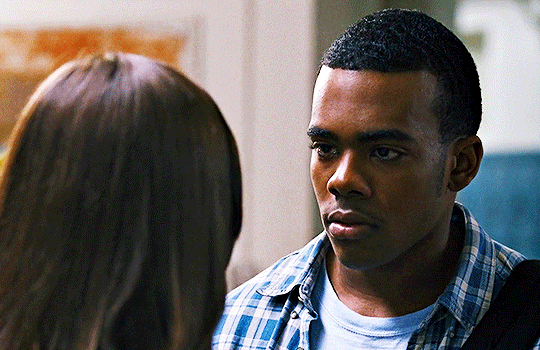
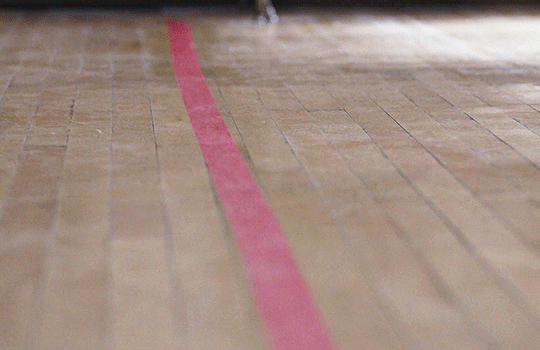
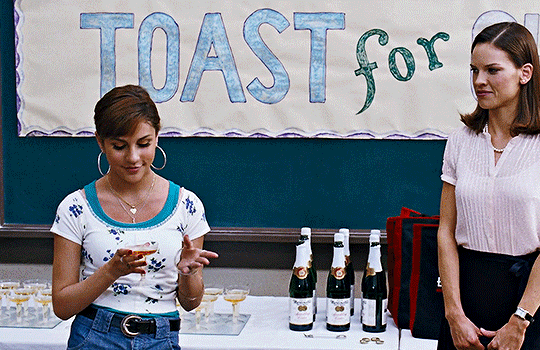
Directed by Richard LaGravenese | Starring Hilary Swank, April Lee Hernández, and Mario
The Archetype: The Soul Alchemist
Freedom Writers is more than a teacher-student redemption arc—it’s a testimony to the power of storytelling as a survival tool. Erin Gruwell (played by Hilary Swank) walks into a classroom on fire with trauma, gang wars, poverty, and hopelessness. But instead of imposing lessons, she listens. She brings notebooks. And what begins as essays becomes lifelines for each student learning how to narrate themselves into existence.
The Creative Visionary doesn’t just create art; we channel memory, pain, and truth into transformation. These students didn’t write because they were asked to—they wrote because no one had ever asked before. They are Soul Alchemists in training. Turning bullets into books. Rage into reflection.
Inspiration for Us: If you’ve ever questioned whether your pain is valid or your story too “heavy” for art—watch this. Remember: the moment you begin to document your truth, you shift the vibration of your lineage.
Creative Prompt: What pages of your life are still waiting to be written? What parts of your pain have never been asked to speak?
2. The Great Debaters (2007)
Directed by Denzel Washington | Starring Denzel Washington, Jurnee Smollett, Nate Parker, and Forest Whitaker
The Archetype: The Dream Architect
The Great Debaters is what happens when brilliance collides with oppression and still chooses to rise. Inspired by the true story of Melvin B. Tolson and the 1935 Wiley College debate team, this film speaks directly to those of us who’ve ever tried to build something while the world was busy tearing us down.
Professor Tolson isn’t just teaching debate. He’s teaching systems—how to dismantle them. How to imagine beyond them. How to speak in a language that can’t be denied. He’s the Dream Architect in action: not building fantasies, but constructing possibility through discipline, vision, and intellectual rebellion.
What moves me about this story isn’t just the debates, but it’s the becoming. Watching Black students, especially in the Jim Crow South, go from internalized fear to radical articulation is a blueprint for any Creative Visionary trying to use their work to shape the future.
Inspiration for Us: You’re not just making things. You’re building new languages. Structuring new ideas. Use your voice as architecture.
Creative Prompt: What systems are you here to rebuild through your art? What’s the thesis statement of your legacy?
3. Dangerous Minds (1995)
Directed by John N. Smith | Starring Michelle Pfeiffer, Renoly Santiago, and Wade Dominguez
The Archetype: The Disruptor
Now let’s talk tension. Dangerous Minds is a flawed film in many ways—centered around a white savior trope that doesn’t sit well in 2025. And yet, it reveals a necessary discomfort about what happens when disruption meets resistance, especially in spaces of class and race.
LouAnne Johnson (played by Michelle Pfeiffer) doesn’t enter the classroom as the hero we need, but she becomes a disruptor, nonetheless. She challenges policies, rethinks curriculum, and even questions her own privilege. Most importantly, she allows space for the kids to rise.
As Creative Visionaries, we too walk into rooms we weren’t invited to. Sometimes we’re underestimated. Sometimes we’re told to "just follow the rules." But being a Disruptor means burning outdated systems and forcing new conversations; whether we’re ready or not.
Inspiration for Us: You don’t have to be perfect to challenge the norm. But you do have to be honest, strategic, and unshaken. You don’t wait for permission, you reframe the power.
Creative Prompt: What cultural classroom are you walking into? What systems are you meant to disturb?
4. Judas and the Black Messiah (2021)
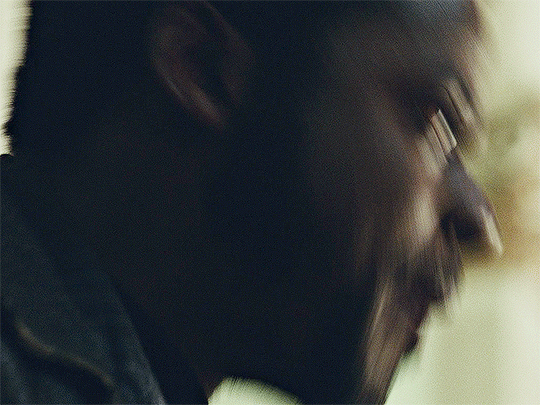
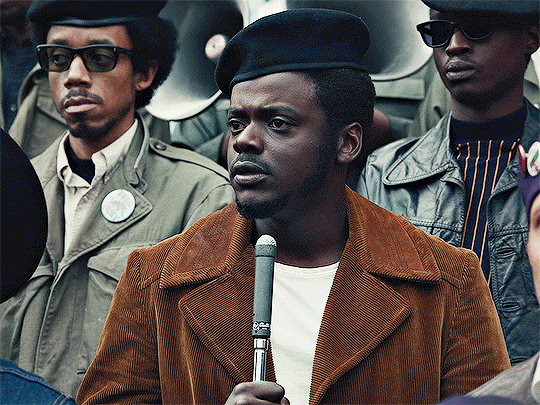
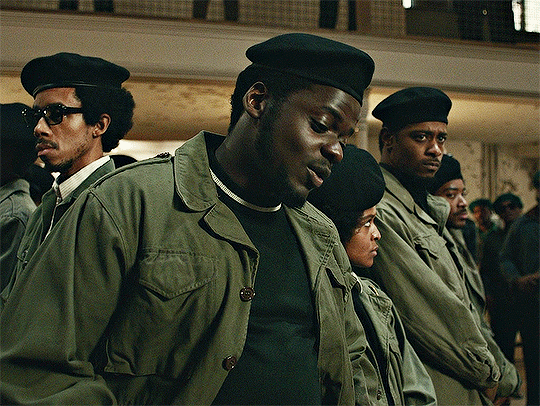
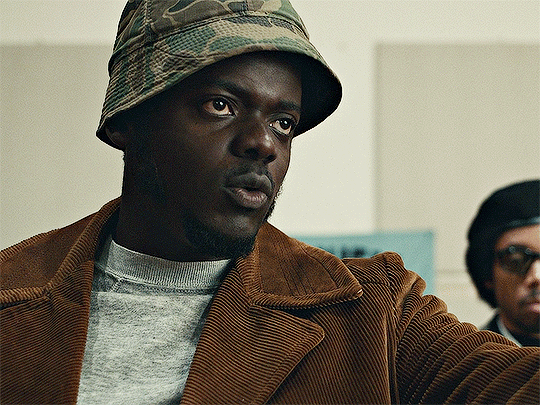
Directed by Shaka King | Starring Daniel Kaluuya, LaKeith Stanfield, Dominique Fishback
The Archetypes: The Culture Keeper & The Visionary Rebel
Judas and the Black Messiah broke something open in me. It’s not a film you just watch—it’s a film that watches you back. Through the lens of Fred Hampton’s life and assassination, we’re invited into the depths of Black resistance, surveillance, betrayal, and prophetic leadership.
Fred Hampton (Daniel Kaluuya) is both Culture Keeper and Visionary Rebel. As Chairman of the Illinois chapter of the Black Panther Party, he’s preserving culture and protecting his people—but he’s also defying systems with fire, strategy, and charisma. He’s not asking to be seen. He demands it.
And Bill O’Neal (LaKeith Stanfield) is the cost of co-opted vision. A reflection of what happens when fear overcomes purpose, and survival is weaponized. Their dynamic isn’t just political—it’s deeply artistic. It's what happens when vision is at war with itself.
As Visionaries, we must understand the consequences of our creativity. Our ideas can liberate, but they can also be bought. The systems around us will test our loyalty to our purpose.
Inspiration for Us: Know your why. Know your community. Know what you’d risk everything for. Vision without integrity is a Judas waiting to bloom.
Creative Prompt: Who are you when no one is watching? What revolution lives in your bones?
Why These Films Matter Now
In a time where AI can mimic our voices and capitalism monetizes everything sacred, the question isn’t just how to be creative, but how to be visionary. These films hold blueprints for how to lead with purpose, hold space for complexity, and turn creative expression into cultural survival.
As a Creative Visionary, your path isn’t always glamorous. Sometimes it looks like fighting for students who’ve been discarded. Sometimes it looks like rewriting a debate in your dorm room. Sometimes it’s giving voice to a generation that doesn’t know it can speak. And sometimes it’s dying for a cause no one will credit you for.
But in all of these moments, your artistry is not just a product. It’s an offering. A record. A possibility.
When I reflect on these stories, I don’t just see characters; I see echoes of myself. I see every student I’ve taught. Every poem I’ve written. Every moment I’ve wanted to give up, but I chose to believe that art could still save something.
These movies show us what it means to fight with your words, heal with your truth, and challenge with your vision. They remind us that the work we do as artists is never small. It’s revolutionary, even when it’s quiet.
If you're wondering what to watch next, let it be something that mirrors your mission. Let it be something that reflects who you are and who you're becoming.
Because your creativity is the protest. Your voice is the strategy. Your vision is the legacy.
Watch these films not just to be moved, but to be activated.
Because if you’re reading this, you are The Creative Visionary. And you’ve got a world to transform.
Which Creative Visionary Archetype Are You?
Are you The Disruptor shaking systems?
The Dream Architect building new futures?
A Soul Alchemist turning pain into beauty?
Or maybe you're the Culture Keeper or Visionary Rebel?
Inspired by four powerful films—Freedom Writers, The Great Debaters, Dangerous Minds, and Judas & The Black Messiah—this pop quiz dives deep into who you are as an artist, a visionary, and a cultural force.
📝 Tap into your purpose, reflect on your journey, and discover your archetype with this interactive, downloadable worksheet.
👉🏾 Take the quiz now: https://payhip.com/b/Xx0Yd
This isn’t just a quiz—it’s a mirror for your mission.
Tag your results using #MyCreativeVisionary and let your community know where you stand.
How Creative Visionaries Transform Lives
There’s something undeniably powerful about a creative visionary. We’re not just artists or thinkers; we’re transformers of worlds. We do more than create; we reimagine. We see beyond the cracks in society and envision what could be, should be, and sometimes, what
The Difference Between an Artist and a Visionary And How Both Become a Creative Visionary
By Shareece Williams — The OG of The Creative Visionary
The Creative Visionary Challenge: Week Two
The Creative Visionary Challenge is designed to push the boundaries of creativity, and Week 2—Multidimensional Storytelling is where we start to expand beyond the familiar. As a Creative Visionary, you have the unique ability to explore multiple forms of expression. Week 2 is about blending those forms into something that communicates your message in a …















